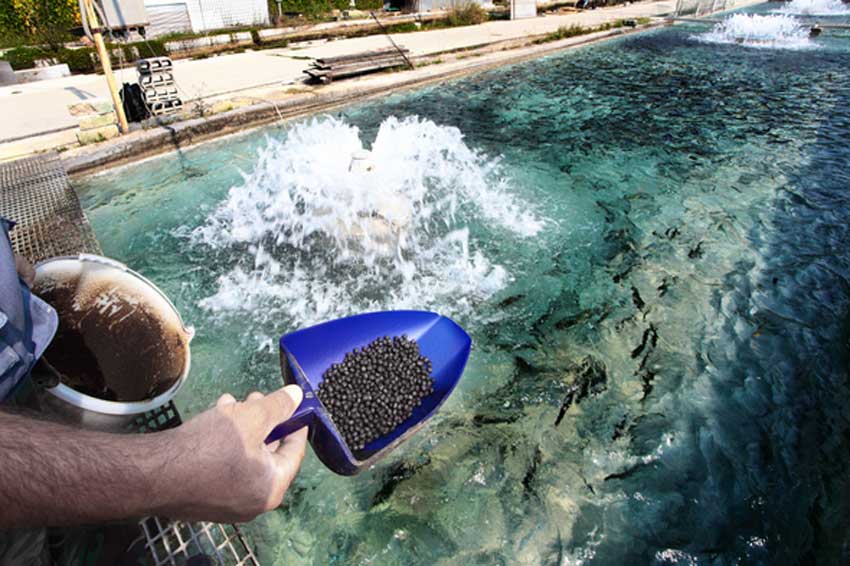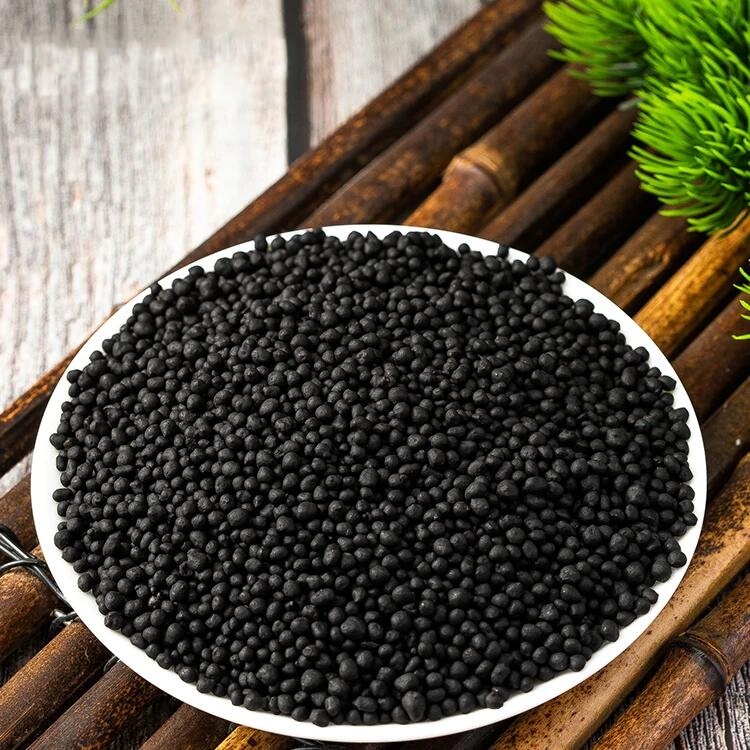Sodium humate is a green feed additive. In aquaculture, it can promote animal growth and enhance animal immunity. The previous updated article “Four perspectives on the role and function of sodium humate in aquaculture (Part 1)” has explained these two functions in detail. Next, we will continue to explain the role and function of sodium humate in aquaculture.
Improve water quality environment
The production and excessive levels of harmful substances such as hydrogen sulfide, ammonia nitrogen, and toxic substances such as heavy metal ions and nitrite in aquaculture water have seriously deteriorated the water quality and directly led to the illness or death of the aquaculture subject. Humic acid contains phenolic hydroxyl, carboxyl, alcohol hydroxyl, enol, sulfonic acid, amino, free quinone, semiquinone, hydride and methoxy functional groups, which make it have strong cation exchange capacity, complexation capacity and adsorption capacity, and can chelate/complex toxic and harmful substances in water and purify the aquaculture water environment. According to multiple field tests, after adding an appropriate amount of sodium humate to the water body, the concentration of related harmful substances can be reduced by 30% to 70%.
Improve the quality of aquatic products
Since humic acid additives can enhance immune function and prevent diseases, they can be used as substitutes for antibiotics and other drugs, thus greatly reducing drug residues in aquatic products; at the same time, humic acid can chelate/complex heavy metals (arsenic, lead, copper, mercury, zinc, etc.), hydrogen sulfide, ammonia, nitrogen and other toxic and harmful substances in water bodies, improve the water quality environment, and reduce the toxicity of heavy metal ions to fish and shrimp seedlings, thereby greatly improving the quality of aquatic products.
Combining the two articles, sodium humate can not only improve feed utilization and promote the growth of aquatic animals, but also improve the aquaculture environment, enhance the body’s immunity, achieve antibacterial and anti-inflammatory, and prevent and treat diseases. It is a green, multi-functional aquatic product feed additive.



